Every choice of colour or material or spatial structure is a choice to represent ecology or evolution in a certain way. In any art piece, some of these choices are deliberate. I make these deliberate choices while trying to weigh the value of accuracy, aesthetics, and viewer comprehension. Other choices I make without full awareness or analysis. As the artist, discovering these unexamined choices after the fact can teach me, as well as the viewer, about my perspectives on ecology and evolution.
The piece shown here is both a representation of macroevolution and of personal familial connections. Using the methods involved in making friendship bracelets (forward knots and backward knots across multiple embroidery threads), I constructed a branching “tree” that represents a small part of the evolutionary story of how living things are related to each other. The way the coloured threads sort and branch represents the way lineages change and weave and separate over evolutionary time.
This small tree is a tiny section of the greater family tree of all life. The branches are arranged based on our current understanding of how Bembidion across the world are related to each other. Bembidion are small, shiny, black beetles that live mostly on gravel river shores, eating tiny flies and other insects that float in on the current.
Bembidion is also the group that my father studies, and he raised me on stories of their evolution and relationships. This means that while this tree and the associated concepts have strong roots in science, they also carry a personal weight for me. Once upon a time, there was a tiny, simple critter who had kids. One of those kids would go on to have Bembidion beetles as descendants, while their sibling would go on to have my dad and me as descendants.
Finally, the tree originates from and is framed by a wicker basket. This particular basket is from a thrift store in Victoria, BC, but the design of the basket is almost identical to a basket my mum had in my original childhood home. That basket was notable for the fact that she made an unusual lampshade out of it. That lamp was a central feature in the living room in which I remember spending many a cool desert morning sitting with my mum while she drank her morning coffee.

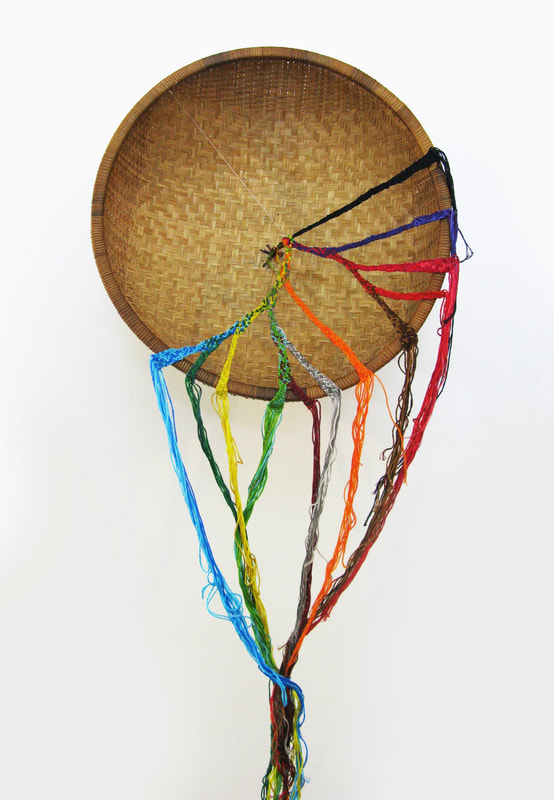
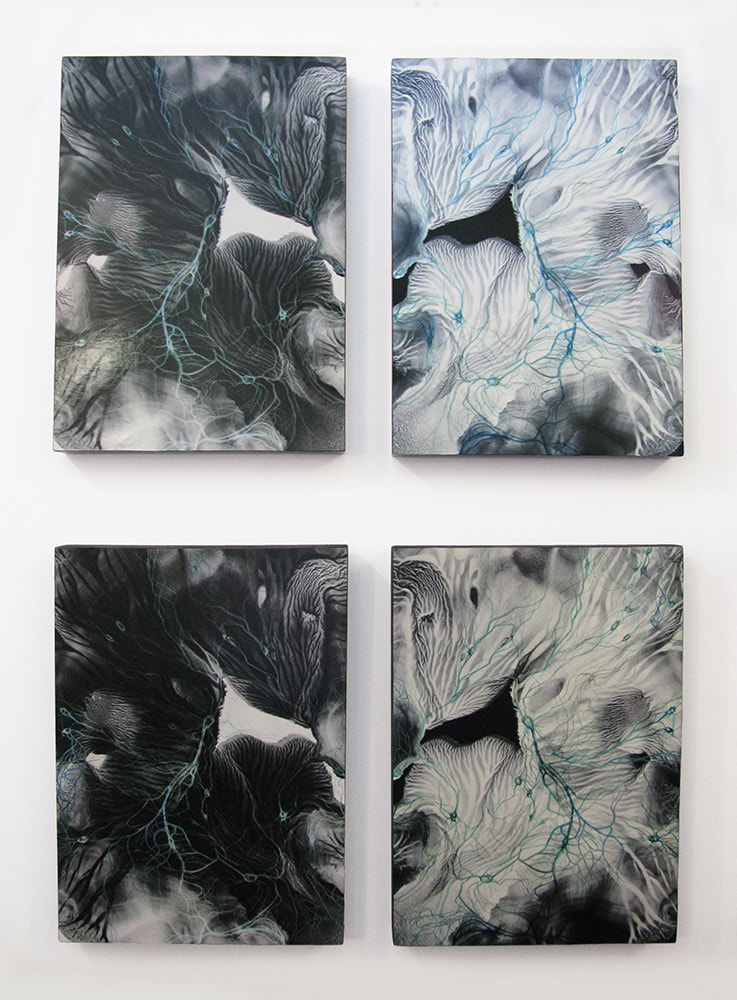
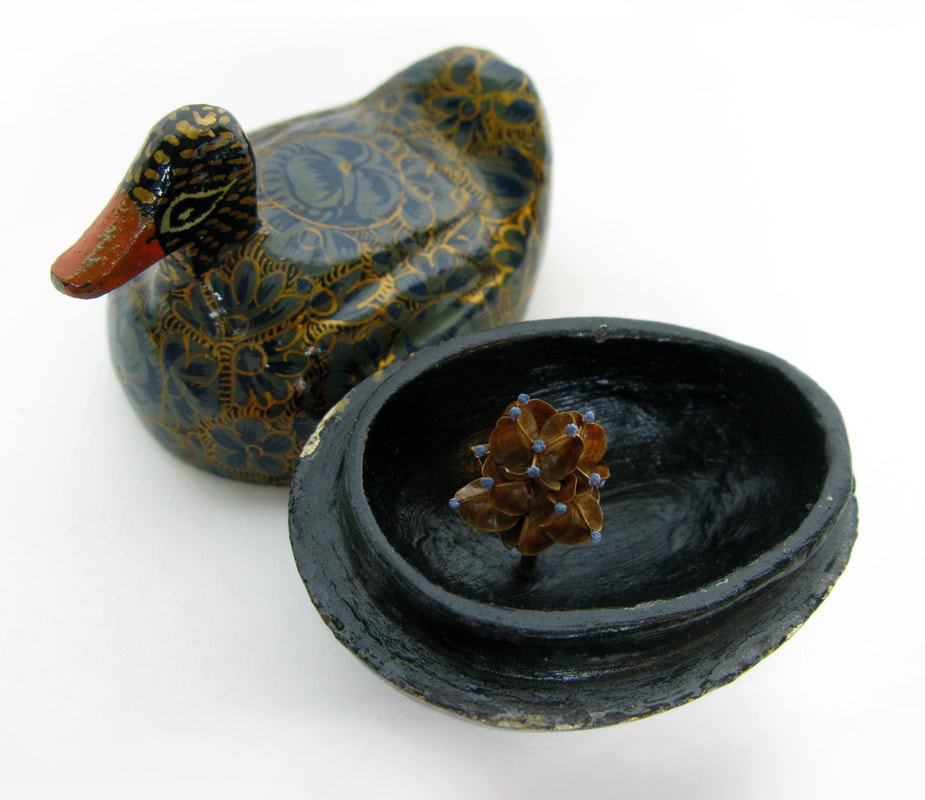
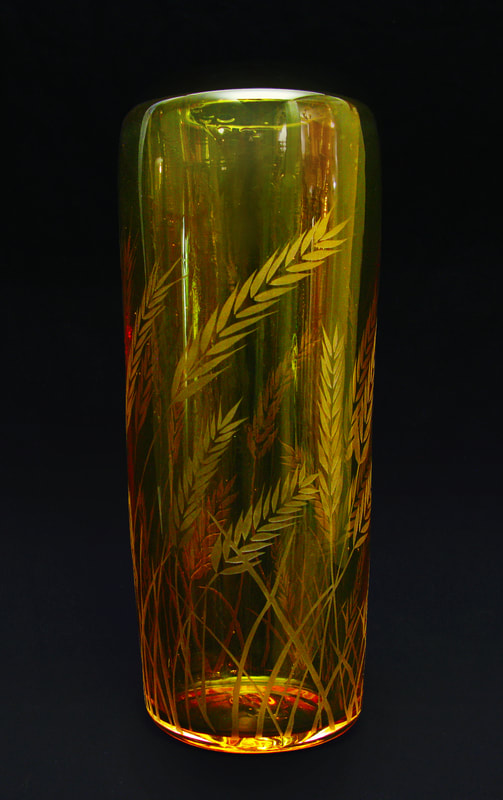
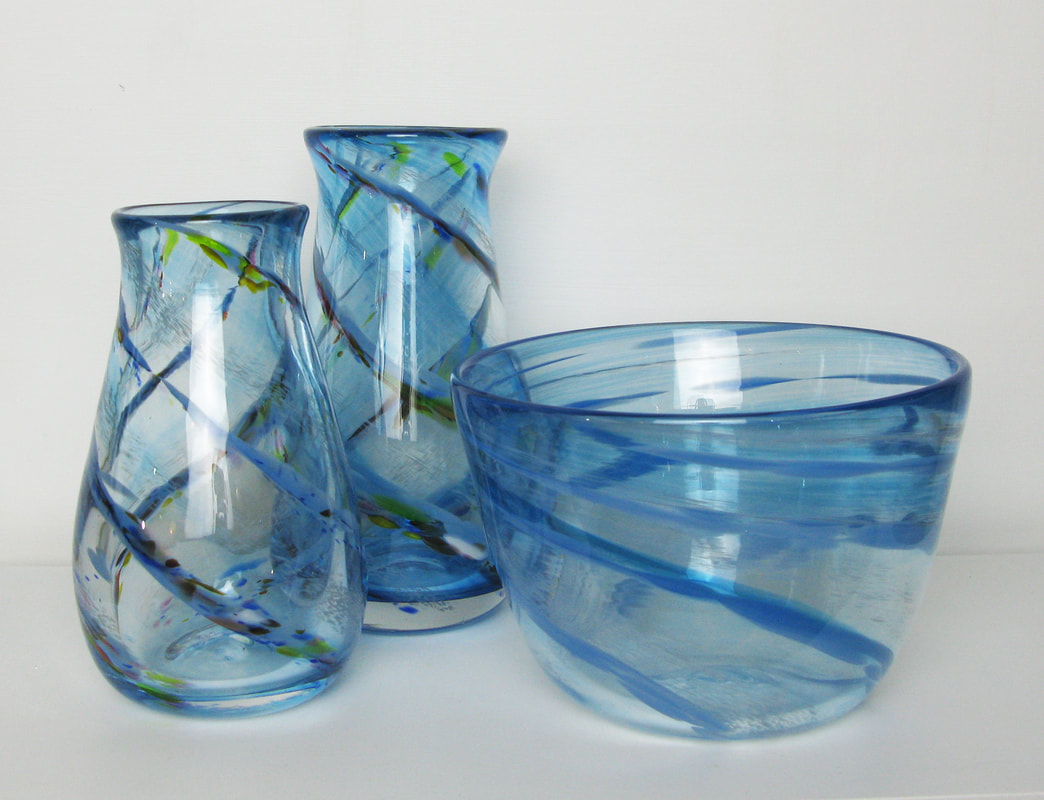
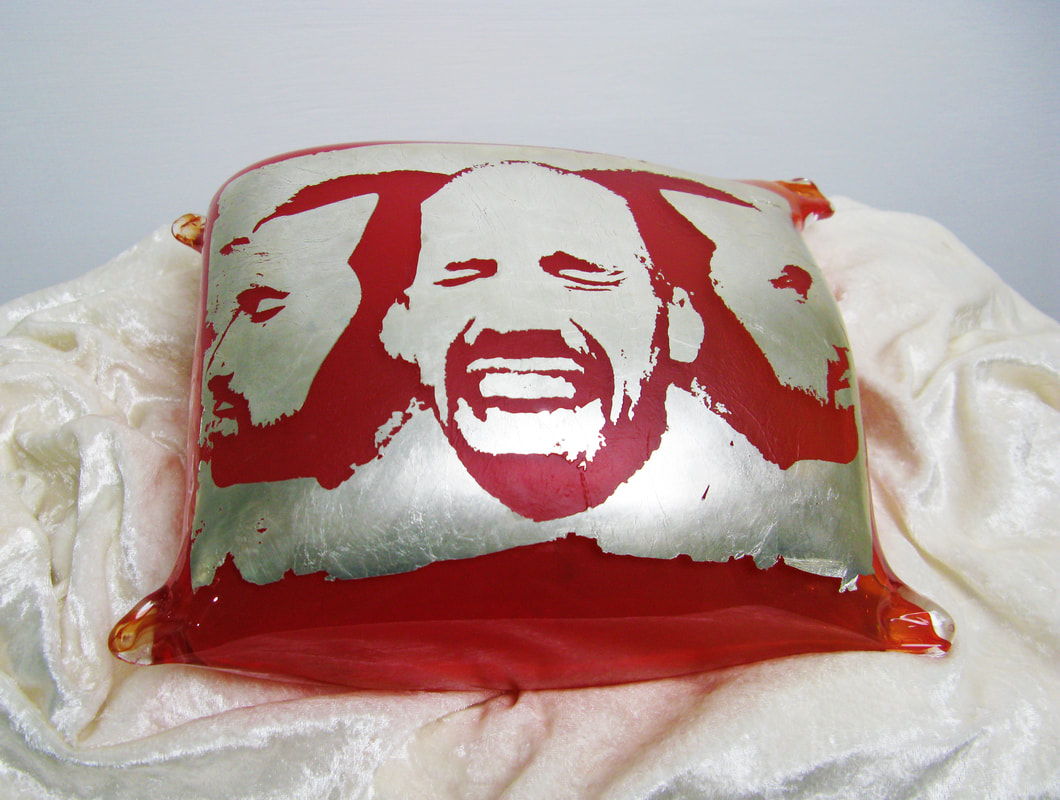
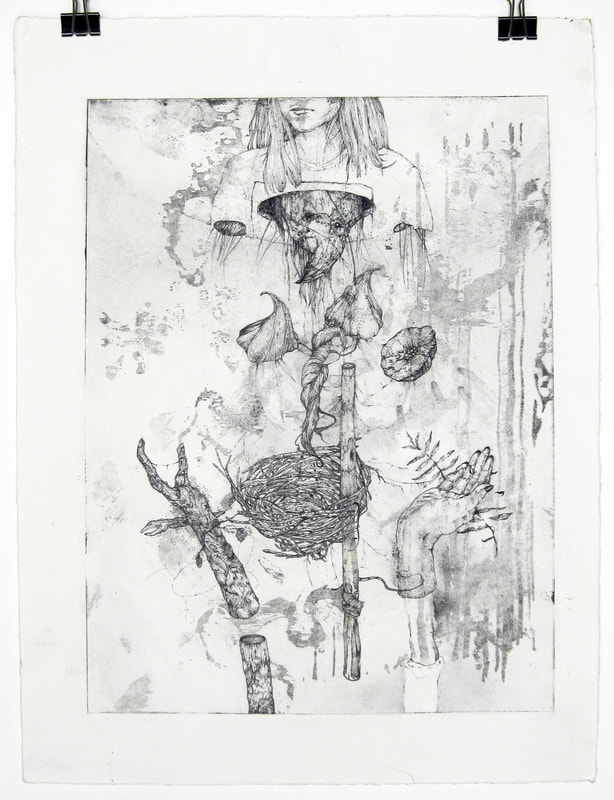
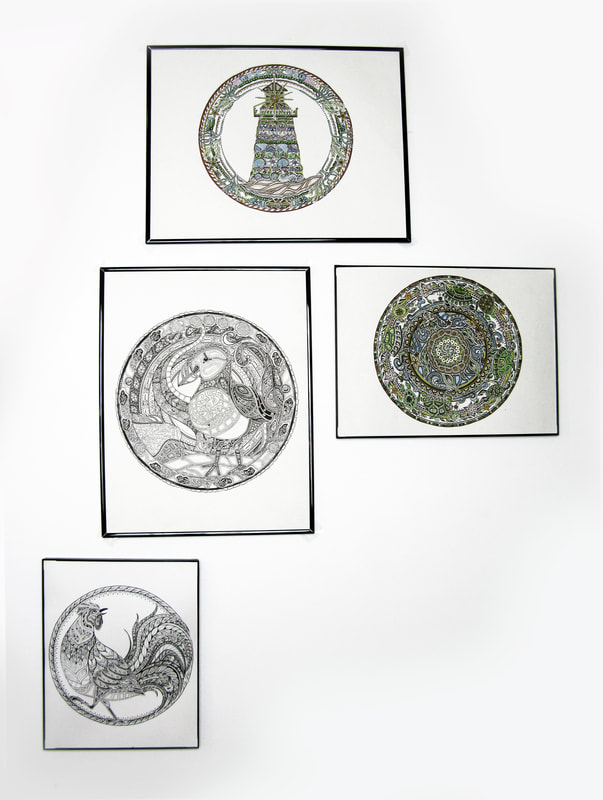
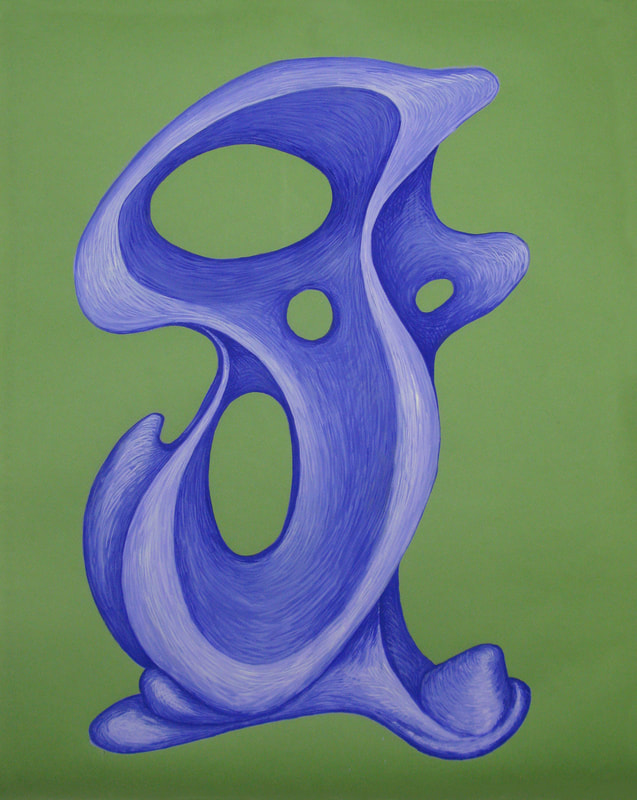

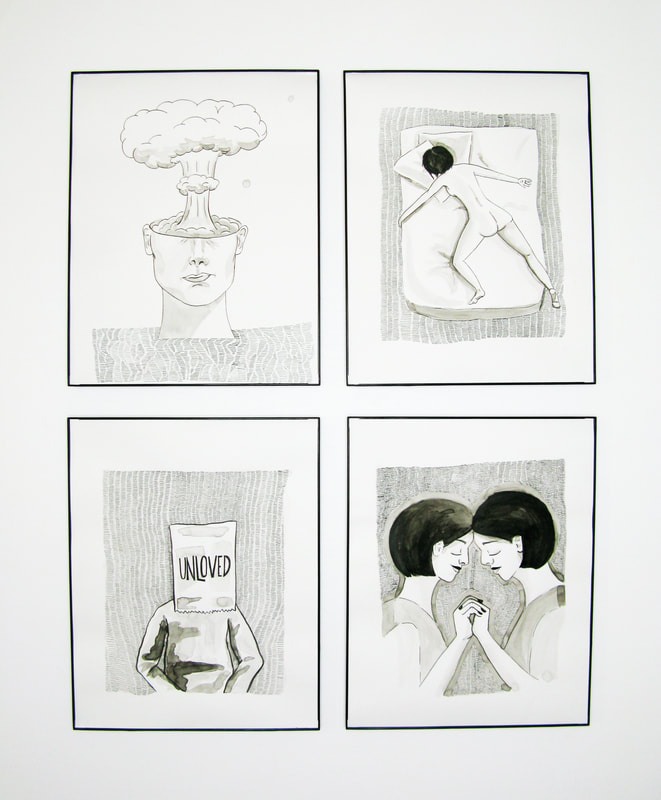

 RSS Feed
RSS Feed
